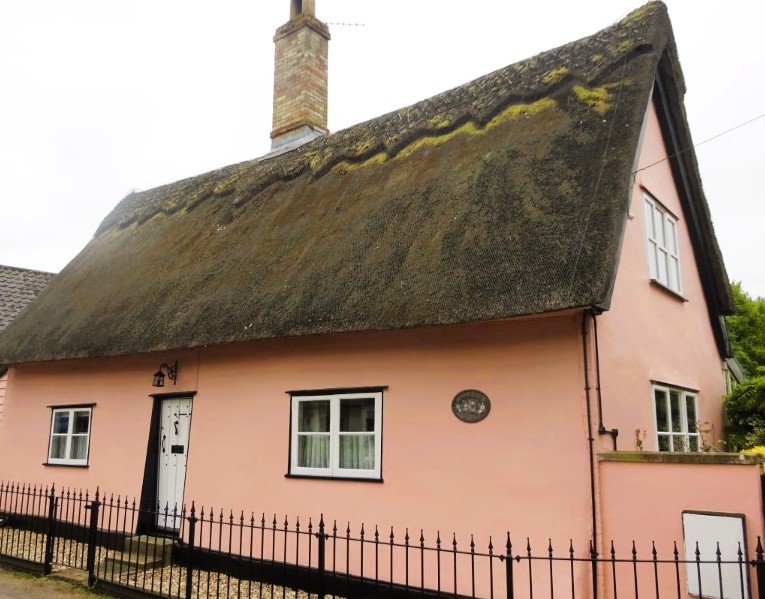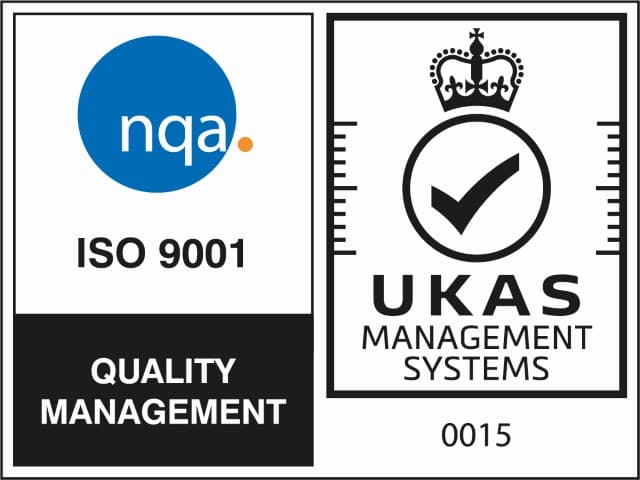Housing Defects: Common Problems to Watch Out For
Regulated by RICS
Instant Quote | NO OBLIGATION
Or Call 0333 200 7198
Depending on when the property was built, there are several common housing defects to watch out for!
Modern House Issues
Unless you are buying a house less than 10 years old, the modern property you are looking for is probably out of the warranty period. However, there are a few things our building surveyors suggest that you look out for.
Flat roofs are fairly common in houses built in this period. While today’s flat roofs are well made and can last for decades, water damage is not unusual. Blocked or insufficient drainage, insufficient pitching (sloping) of the roof and dents in the roof itself, can lead to water collecting on the surface. Standing water will damage the roof, eventually leading to water penetration and damp.
Concrete cladding is also still seen from this period, and is prone to deterioration, particularly if it is exposed to substantial amounts of water. Any cracks should be sealed up and drainage should be examined carefully to ensure it’s adequate.
Pointing and masonry should be checked because unfortunately, it is not that unusual to come across examples of poor workmanship.
Timber-framed houses have also become more common, and a building surveyor should inspect the timbers for signs of warping, rot and infestation. Furthermore, cavity wall insulation is never appropriate for a timber-framed house but was unfortunately added to many properties in the late 20th century. The insulation prevents air from circulating and can cause the timber beams to rot. Look out for indications that cavity insulation may have been used, such as plug holes in the mortar pointing or damp.
If you do find inappropriate insulation, be aware that it may affect the mortgageability of the property.
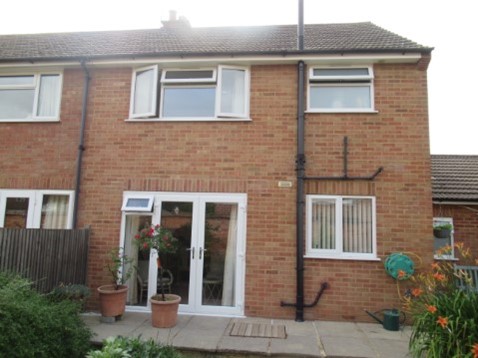
Post-War, Mid 20th Century Property Defects
Asbestos was frequently used by house builders during this period, and it can be found in anything from floor tiles and ceiling coatings to door handles, cement boards, insulation and soffits. If left undisturbed, asbestos is not necessarily an issue, but if you want to do any work to a property the presence of this material can dramatically increase costs because a licensed asbestos contractor will be needed to safely remove it.
Structural issues such as concrete carbonation, which can ultimately damage the steel reinforcements holding up a property, become more common as buildings get older. Look out for spalling and cracking of concrete; if the steel is visible through the concrete, then the damage is severe.
Inside, we often see low-level single glazing and excessive gaps between stairs and balustrades. These do not conform with modern safety regulations and can be particularly problematic if young children are living at the property.
***Unsuitable renovations are often found in houses from this era.*** Two key examples are spray foam insulation and bridging of the damp-proof course.
Spray foam insulation is typically used to cover the inside of the roof, with the aim of reducing heating costs. However, issues with this method mean that the presence of spray foam can not only damage your property but also decrease its market value. In recent years, lenders have taken a cautious approach to spray foam, and its presence can, on occasion, render a home unmortgageable.
Poorly installed spray foam forms a complete seal across the underside of the roof, preventing any ventilation and causing substantial moisture build-up in the roof space. In turn, this can cause rot, damaging the roof timbers. What’s more, this damage is often impossible to spot, because the timbers are obscured by the spray foam itself. The presence of the foam also makes repairs very difficult.
Bridging the damp-proof course is another common problem. Previous homeowners may have installed new driveways, decking or paving or built up flower beds around the walls of the house. These additions may look attractive, but if they raise the ground level towards the damp-proof course, it can breach it, resulting in damp. Covering walls with render or waterproof masonry paint can have the same effect.
Cavity wall insulation problems can also be found in homes from this period. Most cavity wall insulations are appropriate and improve efficiency, but we do come across instances of poor practice and workmanship that have led to damp becoming an issue internally. Installation of cavity wall insulation where there are cracks in masonry or issues with drainage can lead to water getting into the cavity, soaking into the insulation, saturating the walls and leaching through to the inside of the property.
Another problem can arise from failure to ensure adequate ventilation when fitting insulation – because the insulation makes the property more airtight, additional ventilation is often necessary. If this is not fitted, moisture builds up and leads to damp.
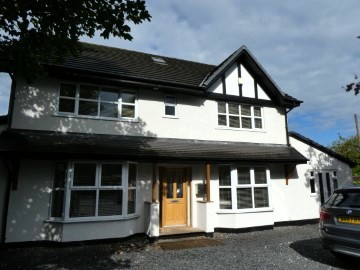
This period was also when non-standard construction methods began to be widely used. Shortages in labour and materials following the war, combined with increased demand for housing, led to new and novel construction methods being used to meet demand. A non-standard construction is typically defined as one that does not have conventionally built brick or stone walls. They are typically metal frame or concrete-based and vary considerably in terms of the quality of build and durability.
If you think your property might be a non-standard construction, a building surveyor can advise you on what to look out for, depending on the type of build and its current condition. They will also be able to provide insight into how the construction type will affect mortgageability and resale potential.
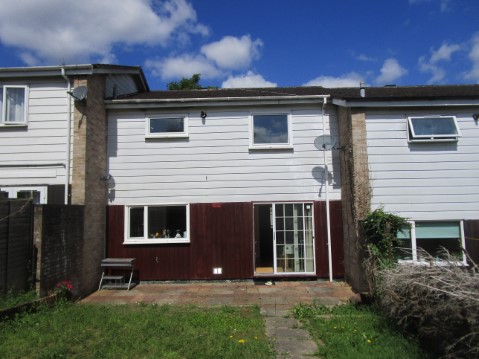
Common Issues with Period Homes
One of the advantages of buying a period home is that you know it has stood the test of time!
“Structural problems do occur in old properties but are not as common as you might think. Period homes do, however, require more maintenance than modern houses, and the correct materials and techniques must be used when fixing defects, to avoid causing new problems or exacerbating existing ones.”
A good example of the need to use appropriate materials in the maintenance of period homes is using the correct mortar when repairing stone- or brickwork. These houses were built using lime-based mortar, which is breathable, allowing moisture from within the property to escape. In contrast, if a cement-based mortar is used, moisture is forced to escape via the masonry, resulting in damage to the walls. It can also lead to damp problems internally, both because it doesn’t allow enough moisture to escape, and because damage to masonry can allow water into the property.
***TIP*** Because most properties over 100 years old will inevitably have had some works done, it’s crucial to look out for updates that are not in keeping with the age of the property.
All homes have some level of moisture inside, but be alert to obvious damp issues, such as musty smells and patches on the walls. It’s also worth noting if a property has been rendered – again this can trap moisture inside a home, leading to damp and even structural problems.
At some properties, we see issues because owners have covered the original slate roofs with concrete tiles. The additional weight of the concrete can make the roof bend, pushing out the walls and making them unstable.
Woodworm can be an issue in these properties, particularly if damp is present. Historic woodworm that has been treated is not a problem, but active woodworm can lead to structural damage. Look for signs like bore dust, larvae and live or dead beetles.
Another thing to be aware of is whether a property is listed. If it is, buyers need to be aware of changes that have been made since the listing and check via their solicitors that appropriate permissions for the works were granted.
The Schrijver damp-proof system and similar systems also involve retrospectively inserting porous ceramic tubes into walls, theoretically working either by drawing moisture from the surrounding brick or stone and allowing it to evaporate or by increasing airflow. Another system is injected damp treatment, which involves drilling rows of small holes into the wall and filling them with a chemical fluid that then solidifies to form a damp-proof course. However, there is no evidence that these damp-proof systems work in old buildings; and in many cases they can cause damp issues by reducing breathability, creating localised cold bridges causing condensation on structural elements.
Basement and loft conversions are particularly common in Georgian and Victorian properties, because of the space available in these areas. If a basement has been converted, it’s important to check the standard of the damp-proof tanking. For any type of conversion, fire standards and escape provisions should be checked, and you will need to confirm that building regulations have been adhered to and building consents obtained where relevant.
